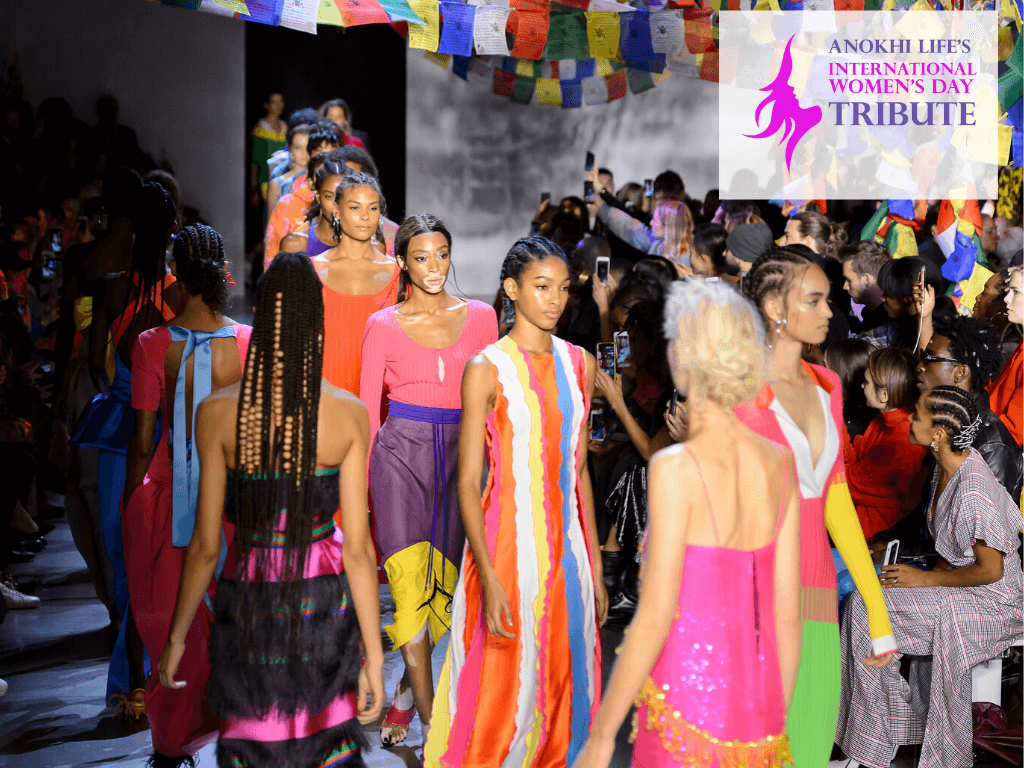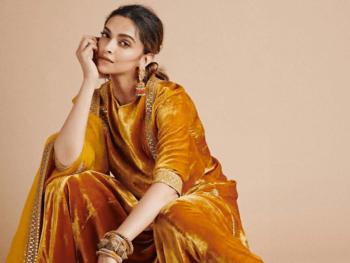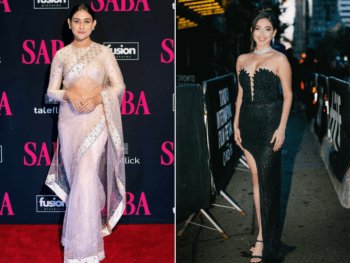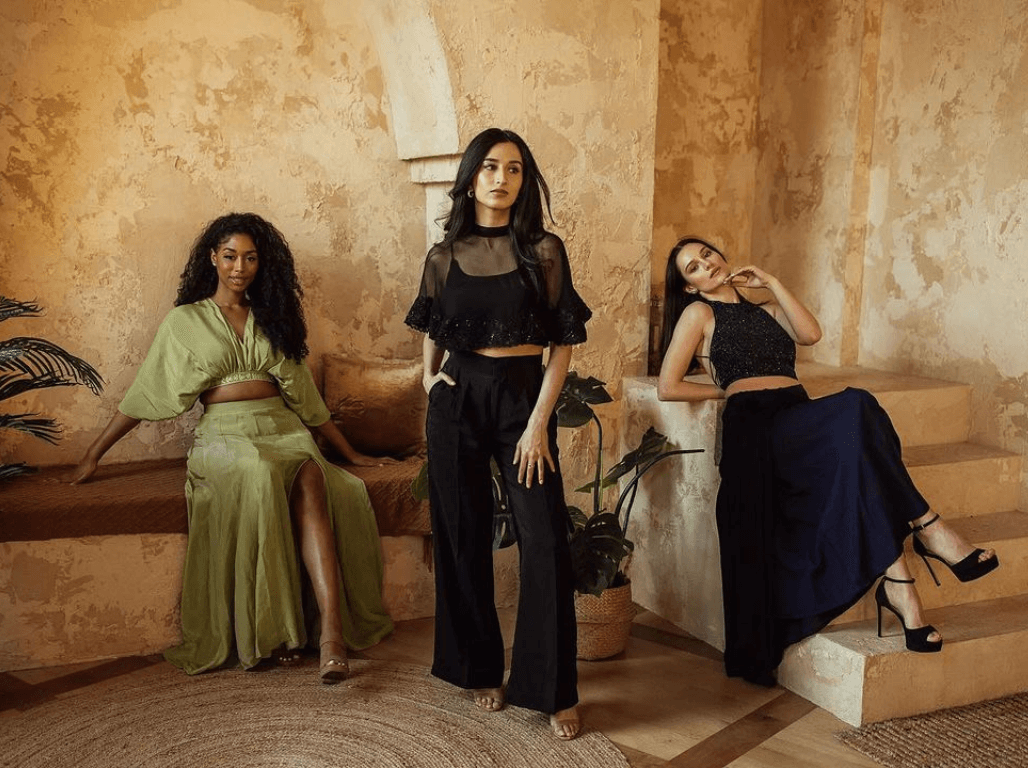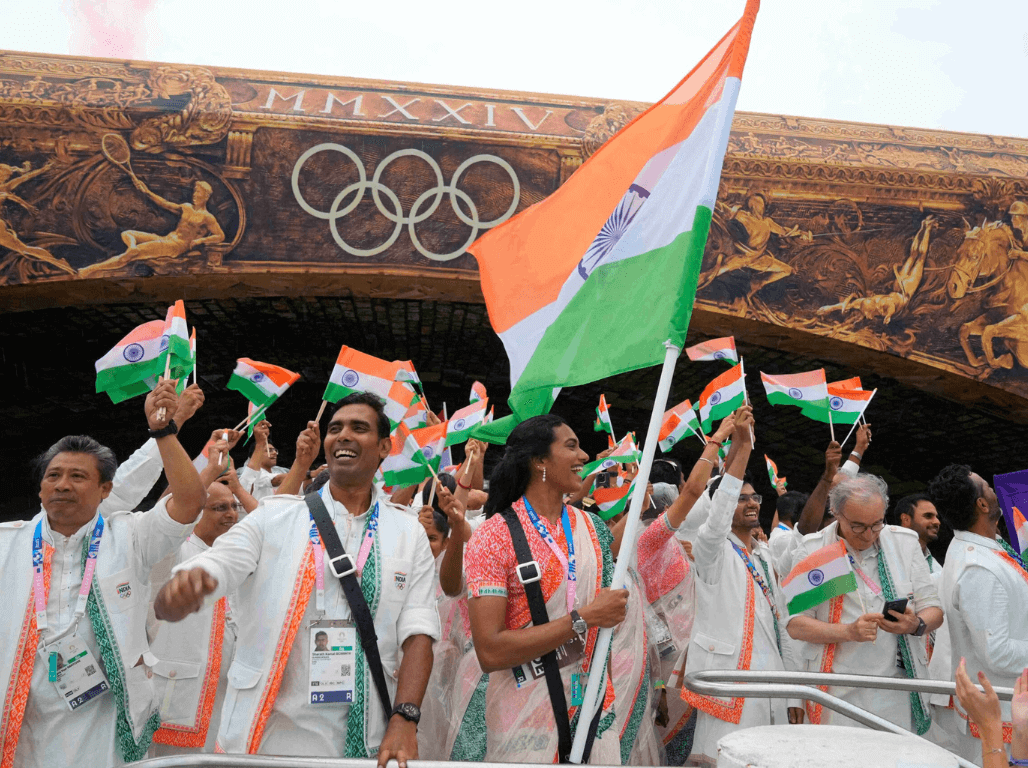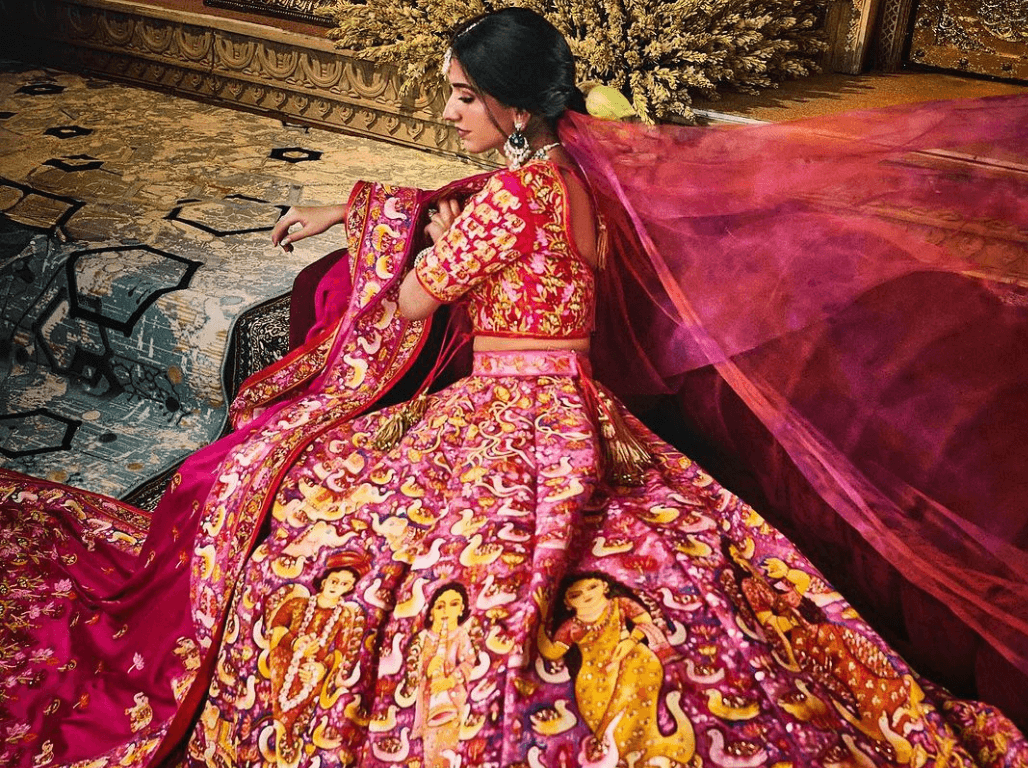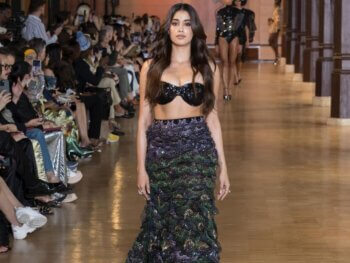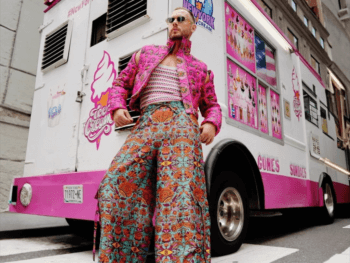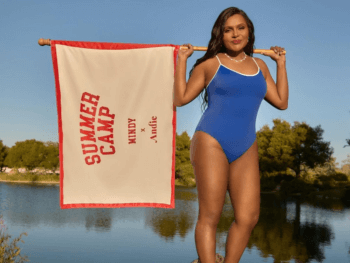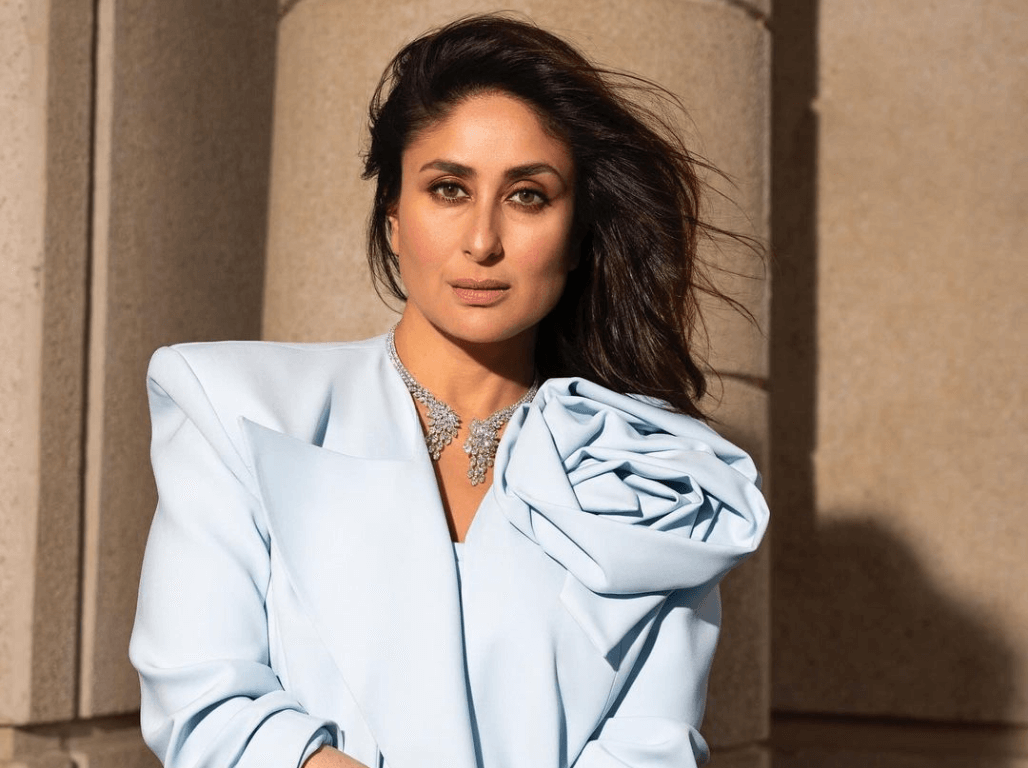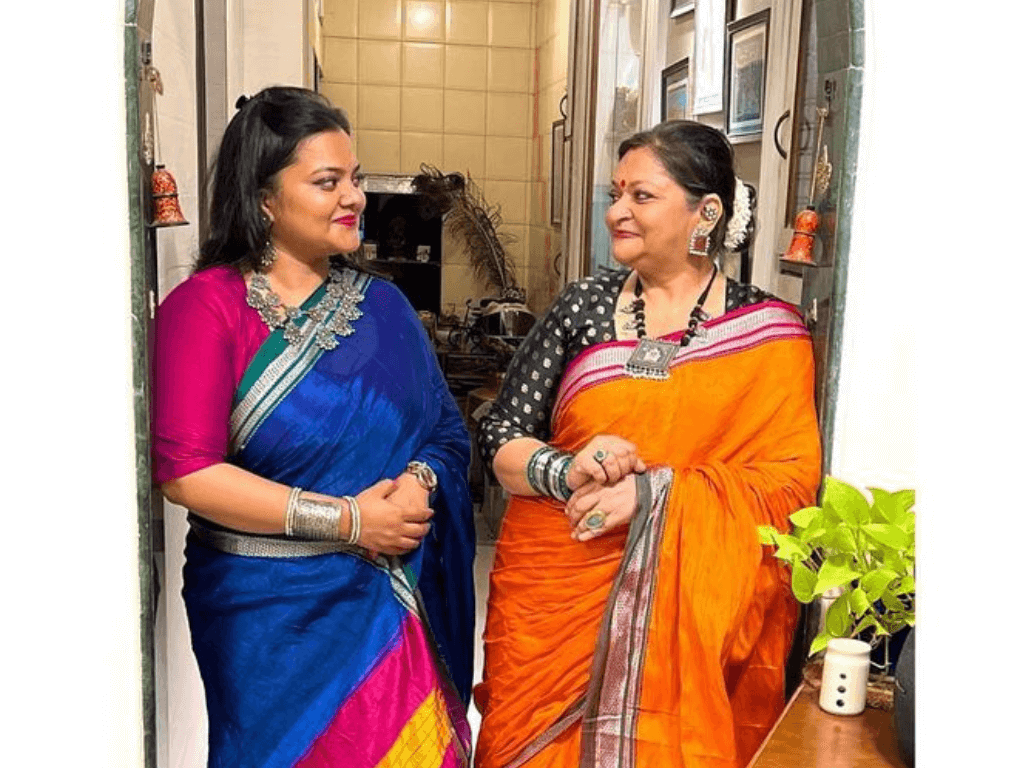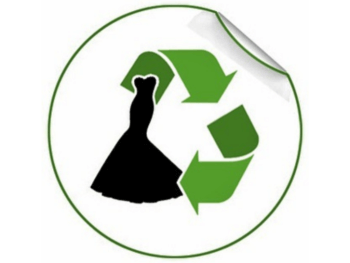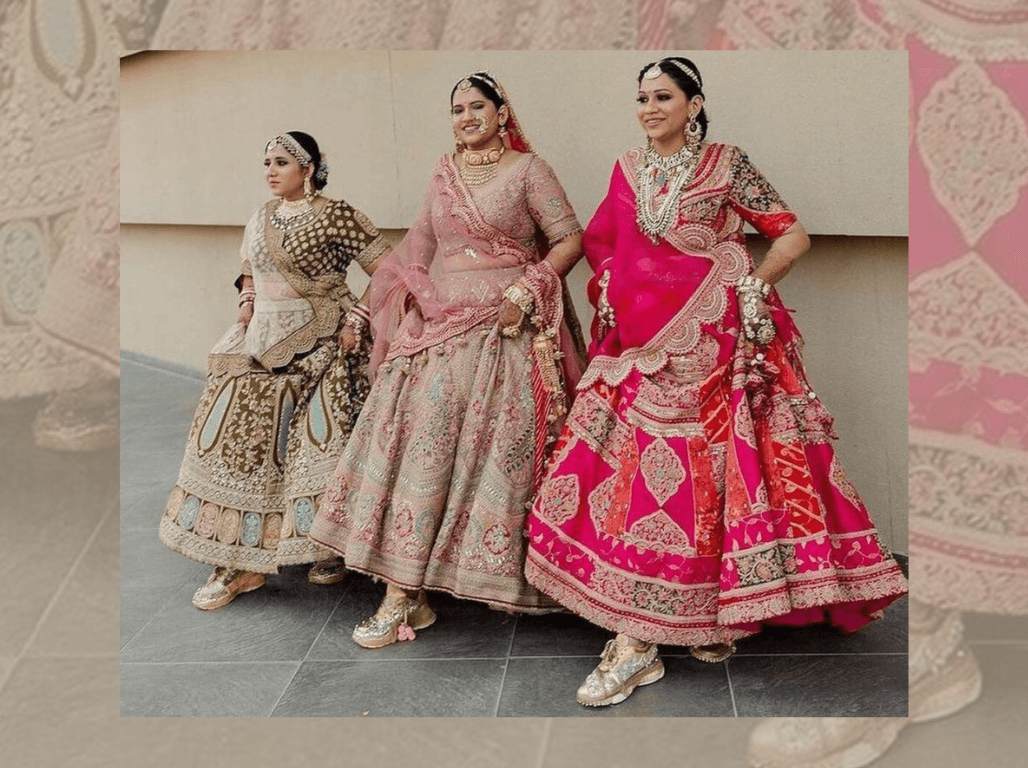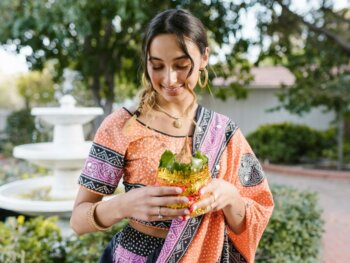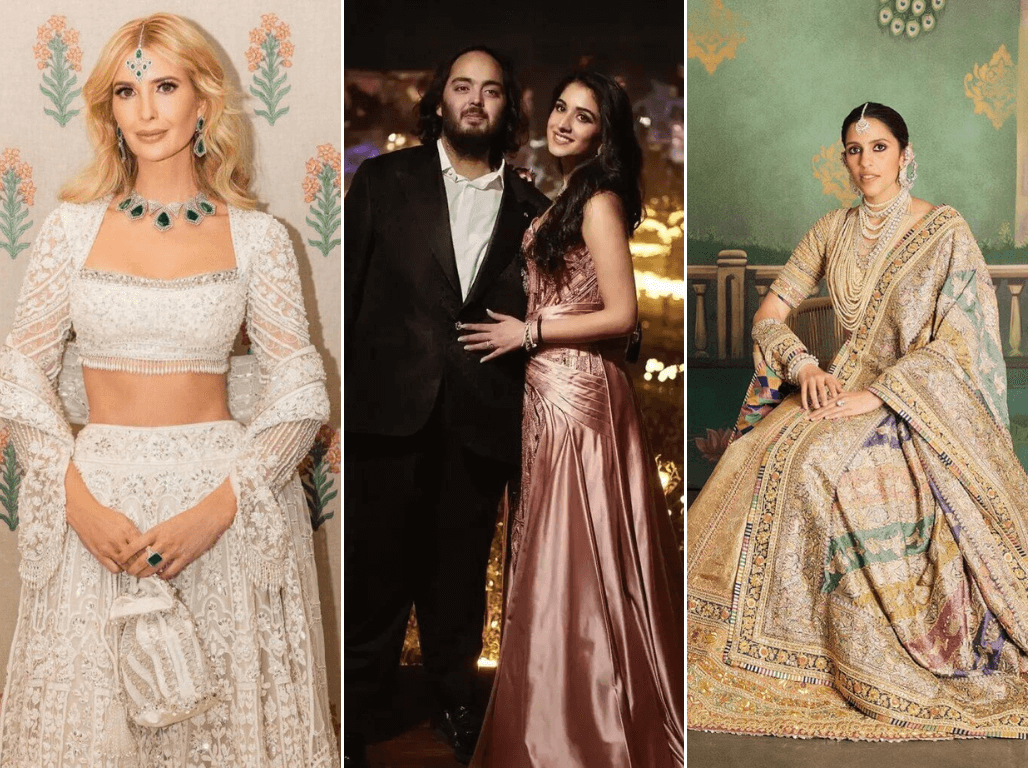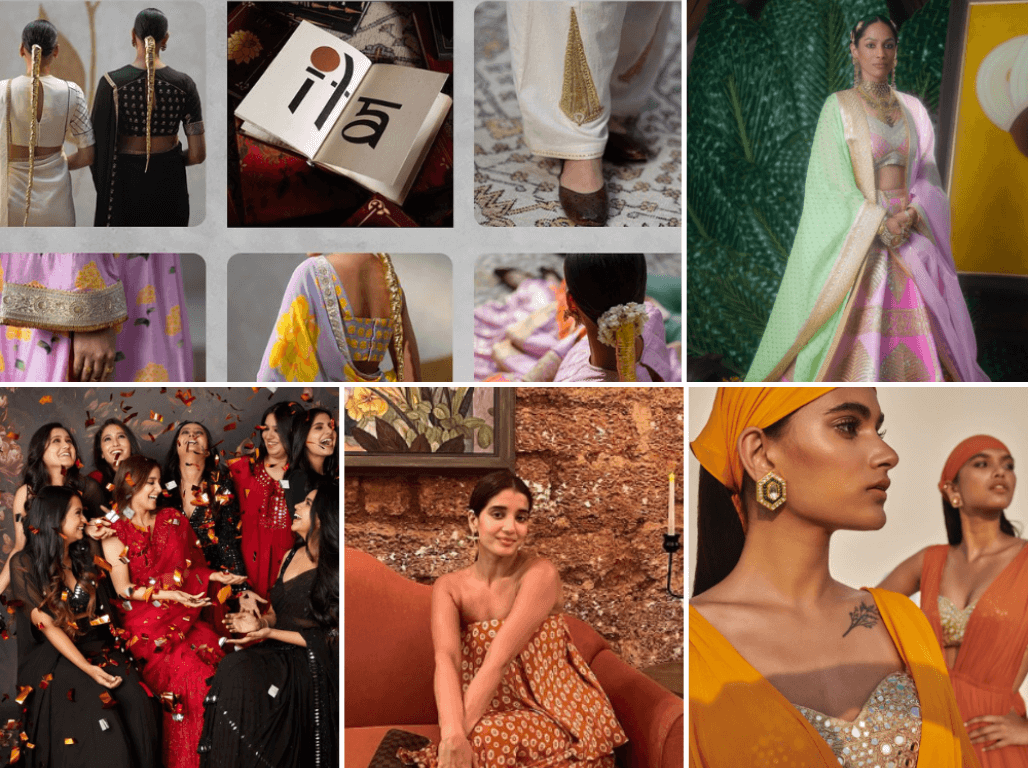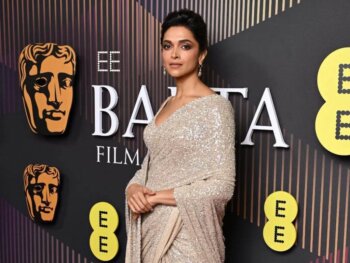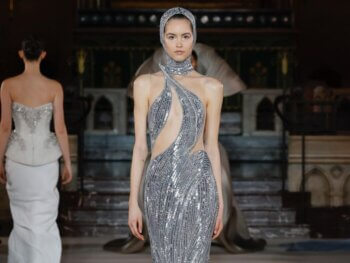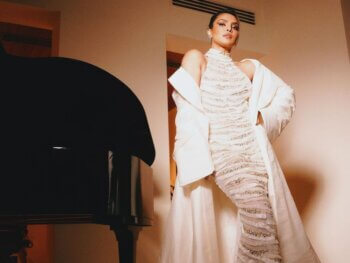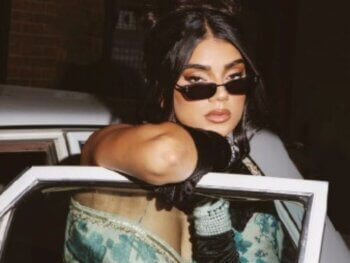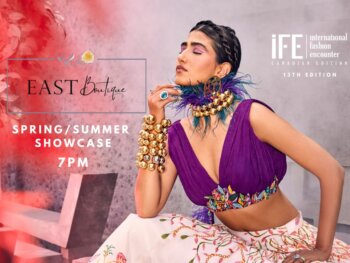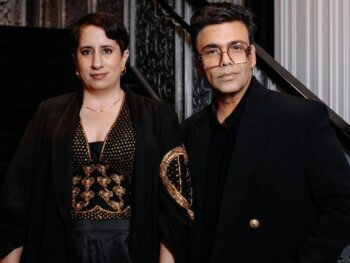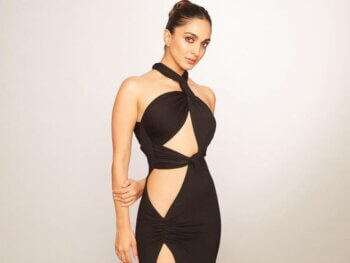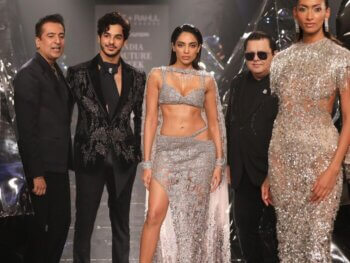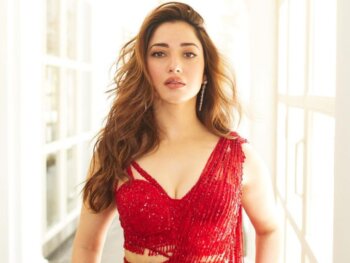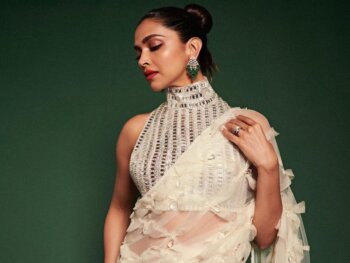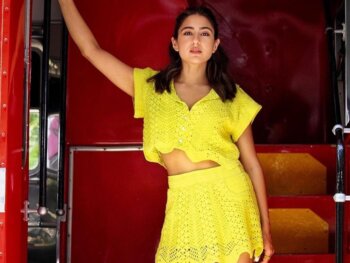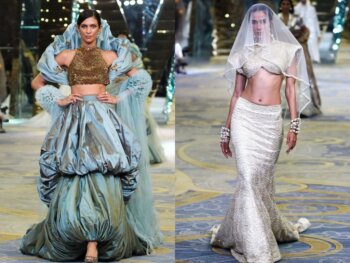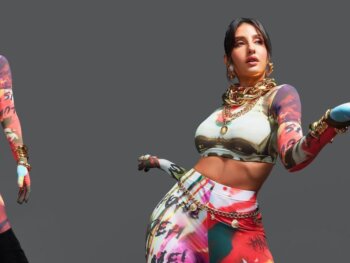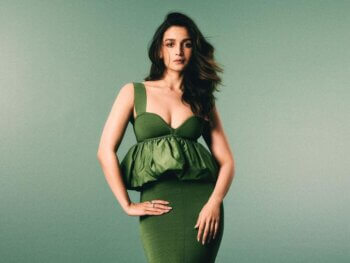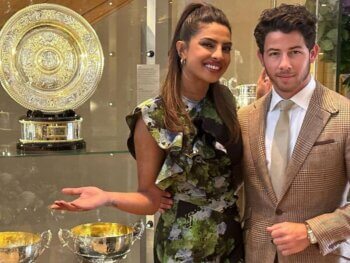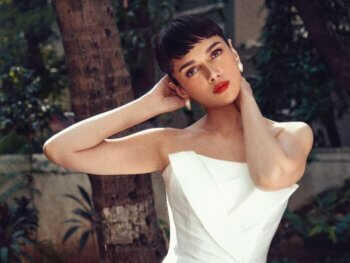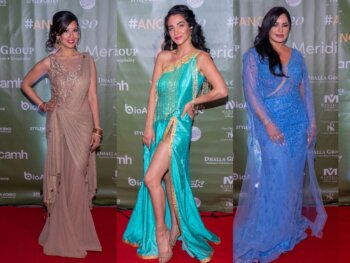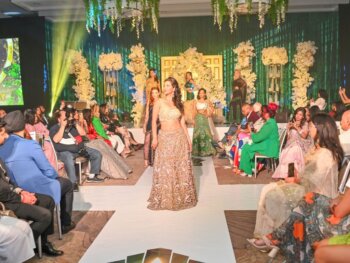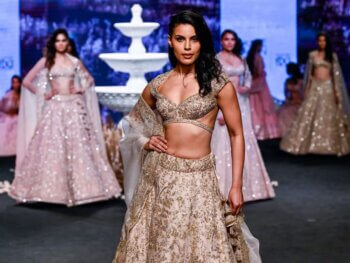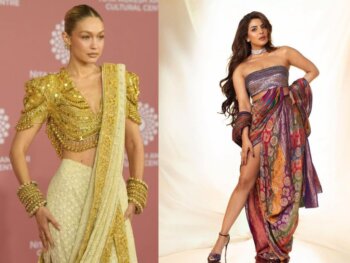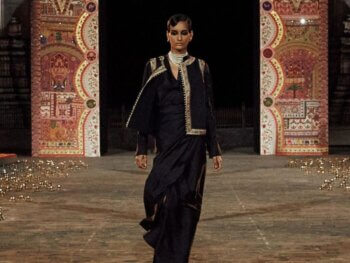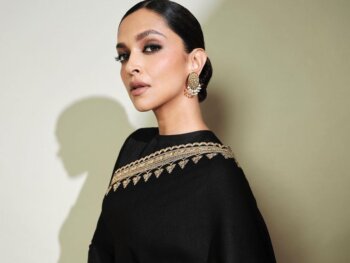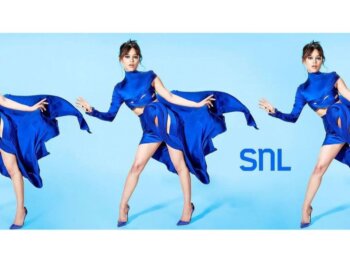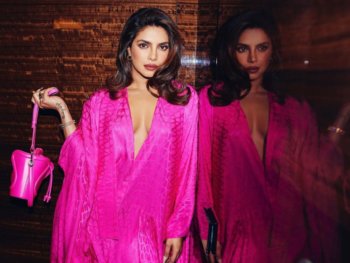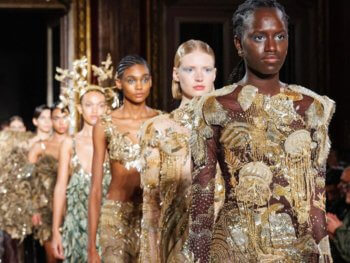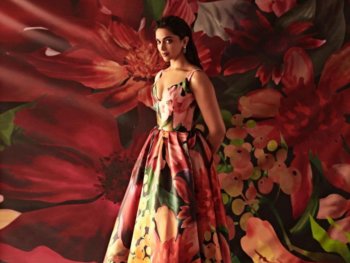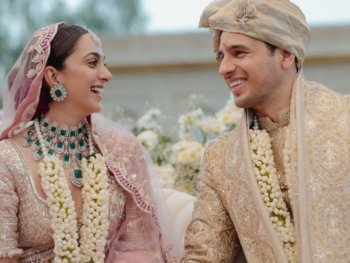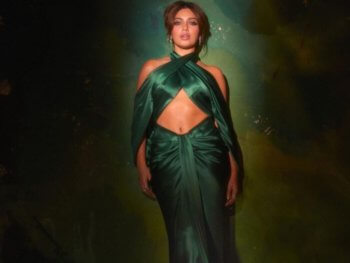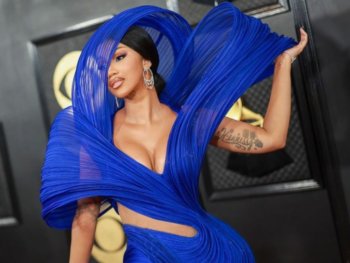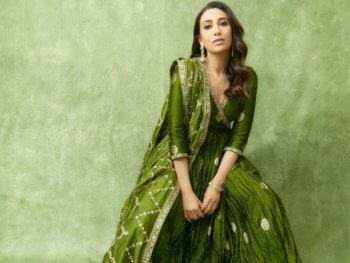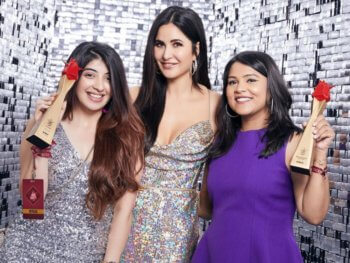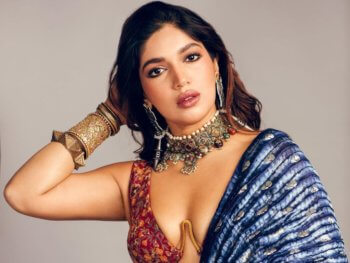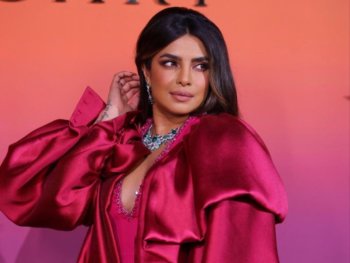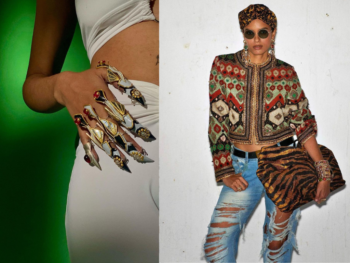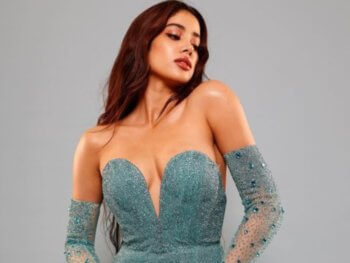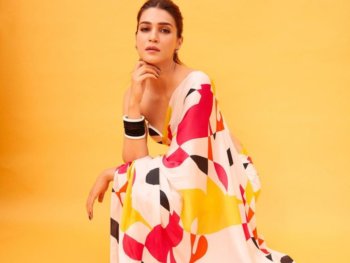The fashion scene traditionally has been known to have a very limited view when it comes presenting a certain face and body. However we take a closer look at ways that the industry has evolved making sure that representation matters, making us ask the question if the fashion industry is finally representing all of us?
We are wrapping up our annual week-long International Women’s Day special (which takes place on Sunday March 8, 2020), we’d like to examine how the fashion industry has changed dramatically over the years. Notorious for their lack of diversity in the past, we are know seeing various examples of change. We take a closer look at how diversity is championed, with a more inclusive aesthetic and people of colour being represented in major campaigns as well as an the awareness of models from the trans, disabled and LGBTQ communities.
Fuller Figures
The fashion industry’s history of embracing a curvier (and what is viewed by some as a more realistic) silhouette, was more seen as tokenism. However in recent years, thanks to some powerful role models we are seeing that the curvier body is being embraced in a more serious and respectful manner.
Thanks much be given to model Ashley Graham who is truly this generation’s body positive icon. She constantly uses her platform as a supermodel to fight for size inclusivity in fashion. In 2016, she was the cover of the Sports Illustrated Swimsuit Issue — which made her the first model categorized as “plus-size” to grace the cover. In 2019, she began using her Instagram platform to showcase natural changes of her body during pregnancy, sharing pictures of stretch marks and more. Since giving birth to her child in January, she vocalized postpartum life. She collaborated with Swimsuits For All, with her line offering swimwear in sizes 4 through 40. She also worked with Marina Rinaldi and Addition Elle to offer a wide range of sizes.
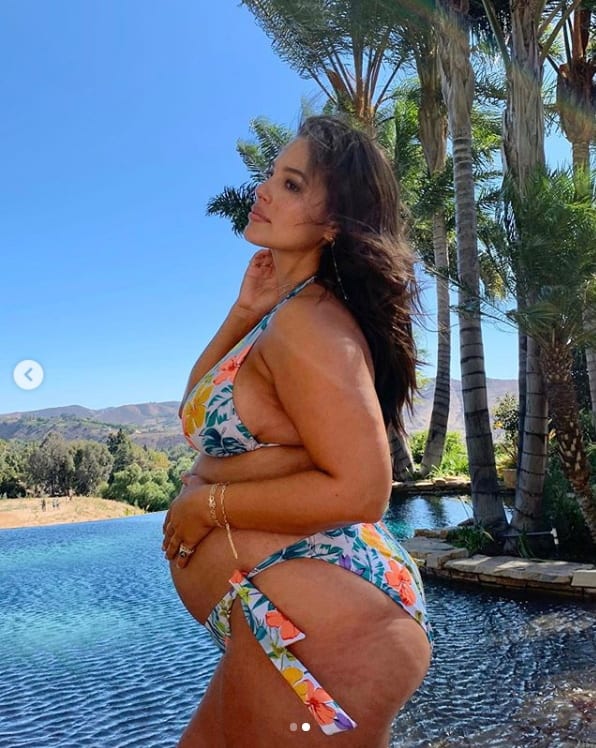
Body positivity and age inclusivity is clearly championed with Canadian lingerie brand Knix. Knix makes intimates for all women, at every stage of life. This week, Knix revealed their International Women’s Day campaign, with first-ever lingerie video exclusively featuring women over 50. Joanna Griffiths, Founder & CEO of Knix said: “Knix has been leading that charge since 2013 when we pioneered the first “Real Women in Knix” campaign. Over the years we have featured more than 1,000 women of all ages in our campaigns. We’re incredibly proud to be leading the charge towards age inclusivity and to demonstrate that you can be a lingerie model at any age, whether you are 18 or 81. We all deserve to be celebrated and we all deserve to be seen.”
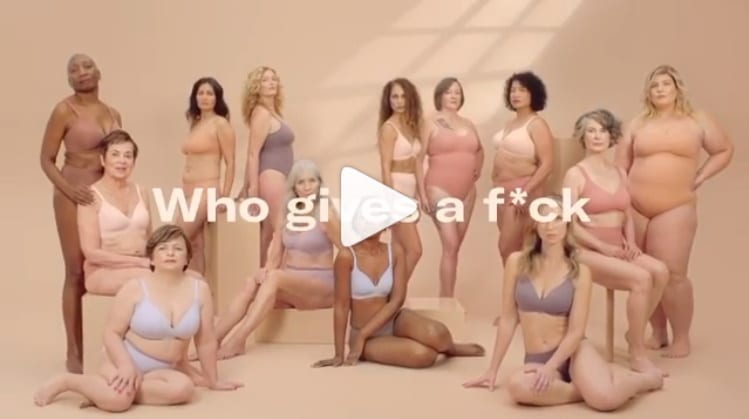
Prabal Gurung has always been ahead of the curve when it comes to diversity and inclusivity. Back in 2017, Prabal Gurung rolled out a plus-size line with Lane Bryant at New York Fashion Week which opened many eyes. The collection has sizes available from 10 through 28. “I wanted to be part of this movement where women felt empowered no matter what size they are,” Gurung told CBS This Morning. “Because I as a designer celebrate the essence of a woman rather than what her shape and size is.”
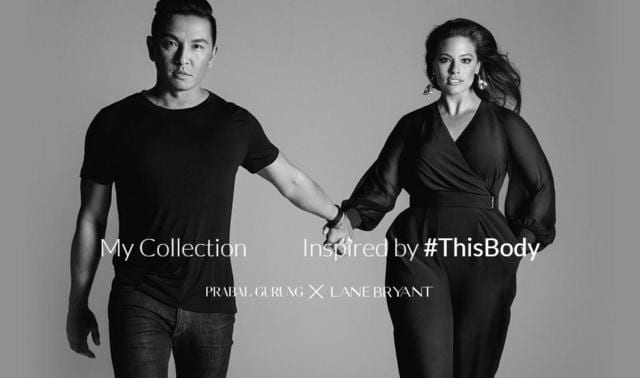

Transgender Representation
India’s first transgender model, Anjali Lama, made her way onto the Lakmé Fashion Week runway in 2017. Born in Nepal, the model moved to India to explore career opportunities. Lama is proud to be changing history with her fashion career and hopes her endeavours can serve as courage for those who need it. Her runway appearances in Lakmé Fashion Week for various designers including Rajesh Pratap Singh and Gaurav Gupta. Last year she landed a “#MyStatement, #MyCalvins” Campaign with Calvin Klein.
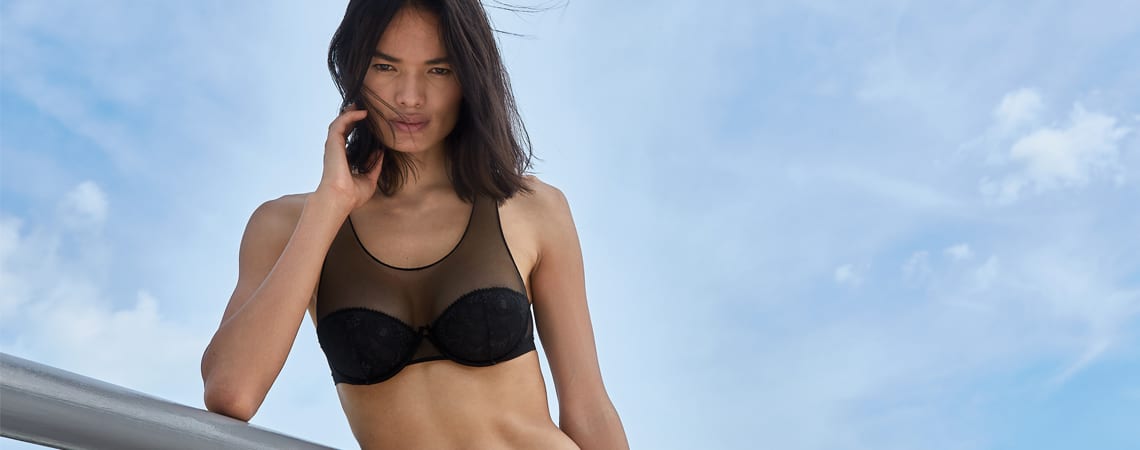
There’s also Mona Varonica Campbell, India’s only plus-size transgender model, who walked as the showstopper for the late designer Wendell Rodricks at the Lakmé Fashion Week 2017. And most recently landed a Victoria’s Secret campaign.
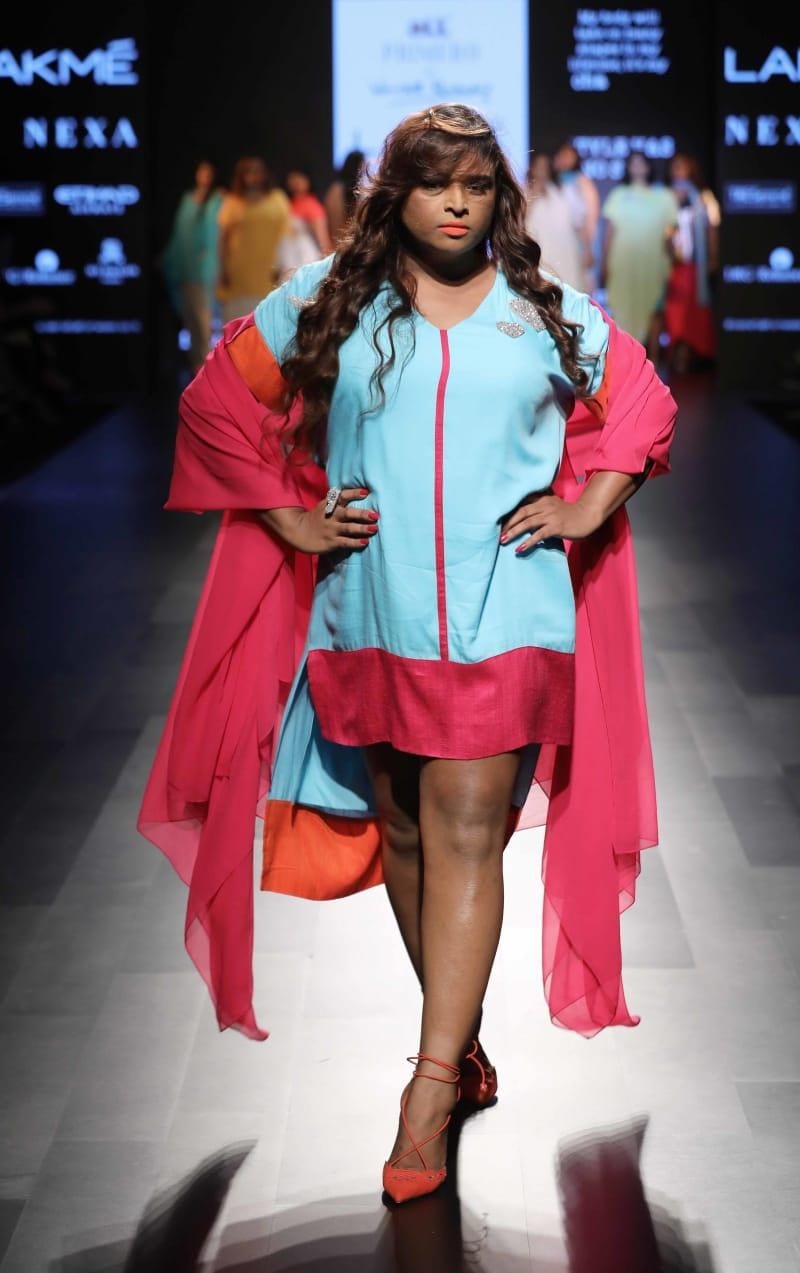
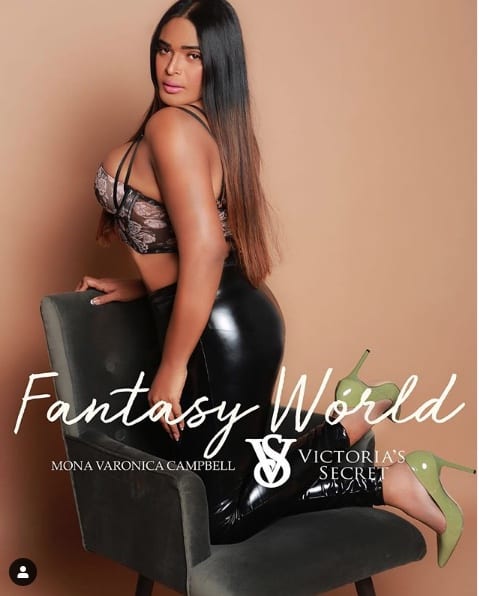
Acid Attack Survivor:
In 2016, acid attack survivor Reshma Quereshi used her scars to challenge beauty standards. She walked the runway, opening for Indian designer Archana Kochhar during New York Fashion Week.
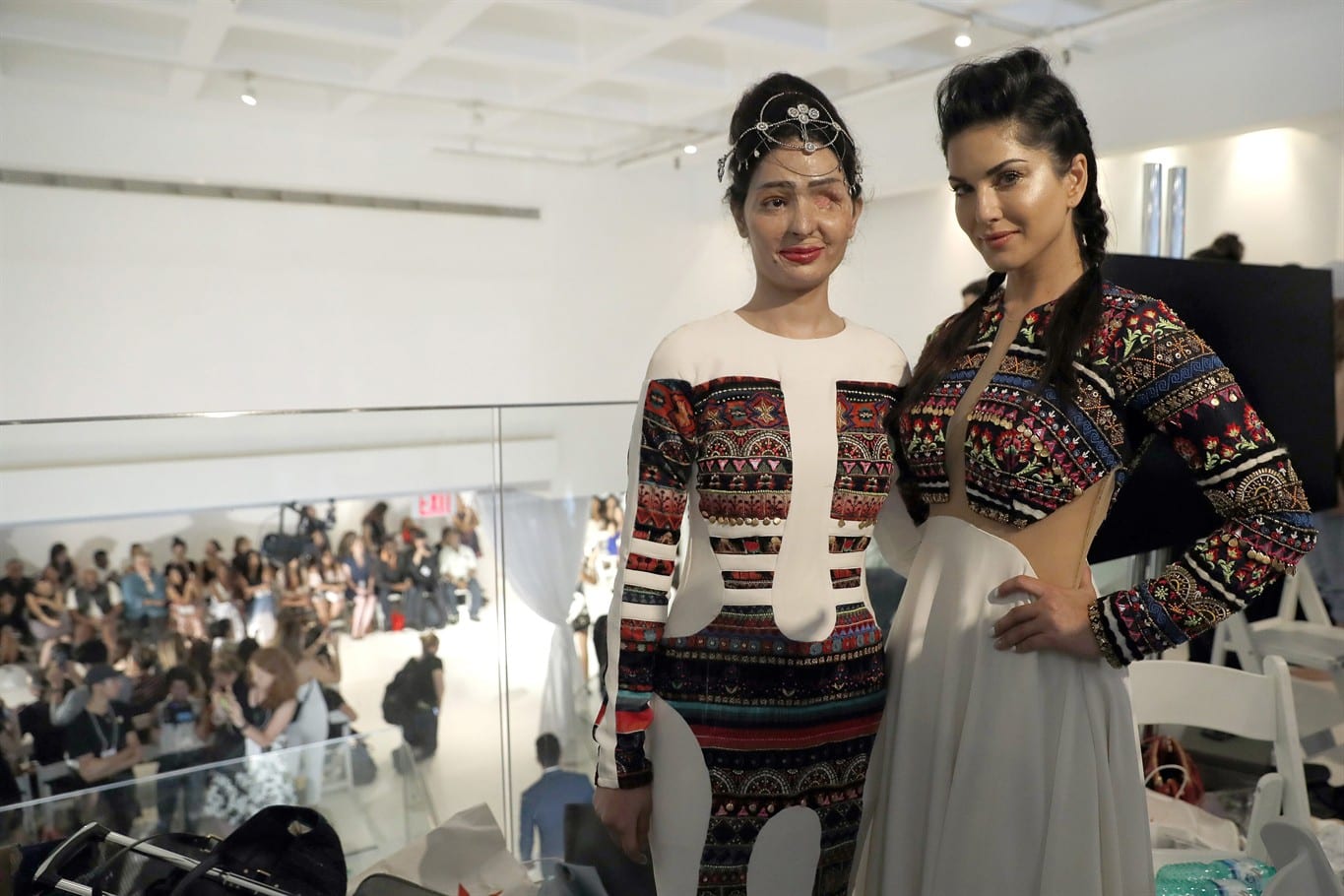
Disabled/Differently-Abled Models:
Most recently just a couple of weeks ago at New York Fashion Week, FTL Moda presented their collection with differently-abled models which included models in wheelchairs, and braces who wore the same ensemble then then those who were walking giving a refreshingly inclusive take on fashion & diversity.
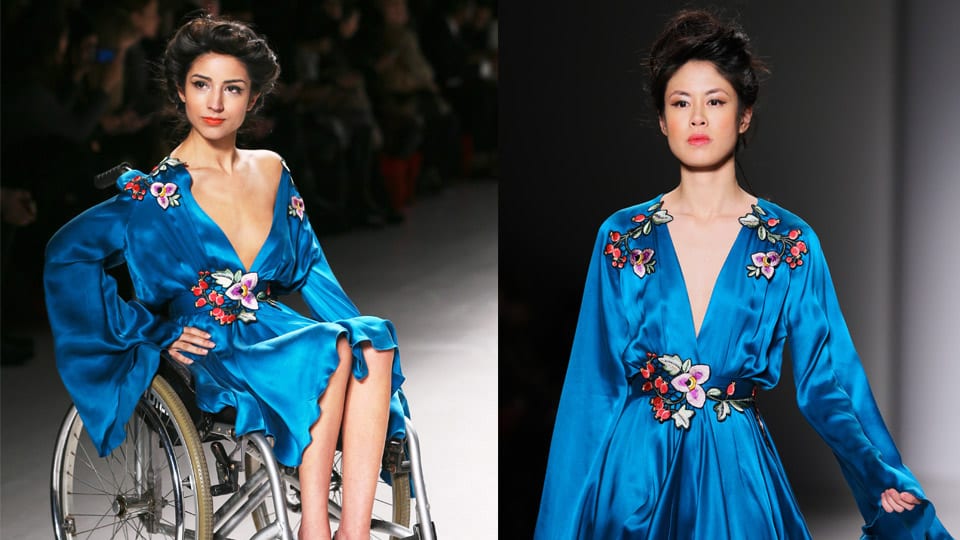
A More Colourful Runway
When it comes to racial diversity on the runways, specifically from New York, London, Milan and Paris, this year seemed to be the most successful so far, with record-breaking diversity during the recent shows that were held in February. As per The Fashion Spot’s Diversity Report, “Out of 7,390 model castings at 215 major shows, 41.5 percent were models of colour. It’s a small but still positive 2.7 percent increase compared to Fall 2019, when only 38.8 percent of castings went to models of colour. It’s worth noting that racial diversity has steadily increased, if only by a point or two, since we began keeping track starting with the Spring 2015 season.”
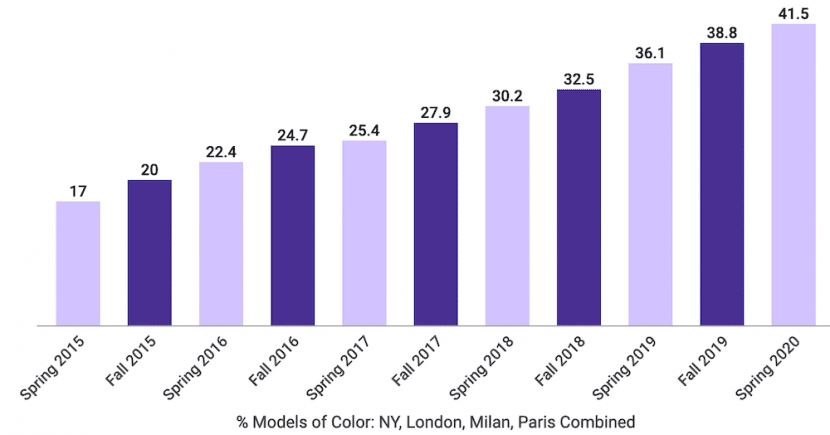
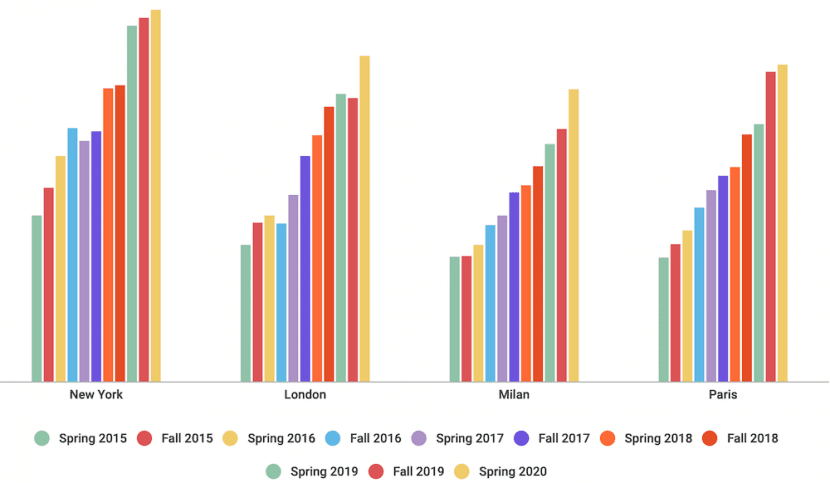
These numbers are very encouraging to say the least. Of course the various examples that we have seen in recent years, certainly gives us hope that the needle is moving in the right direction. When it comes to a diversity in age, that definitely needs more work. However, change may be happening at a slower pace in comparison to other industries, however slow progress is definitely better than no progress at all. Let’s keep that needle moving because as we all know representation matters, on and off the runway.
Main Image Photo Credit: www.medium.com
Hina P. Ansari
Author
Hina P. Ansari is a graduate from The University of Western Ontario (London, Ontario). Since then she has carved a successful career in Canada's national fashion-publishing world as the Entertainment/Photo Editor at FLARE Magazine, Canada's national fashion magazine. She was the first South Asian in...


















































